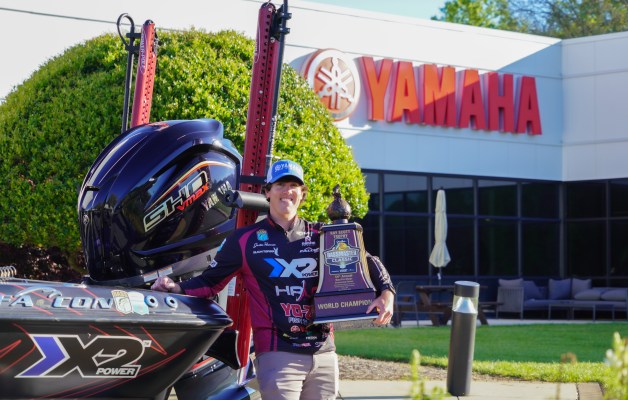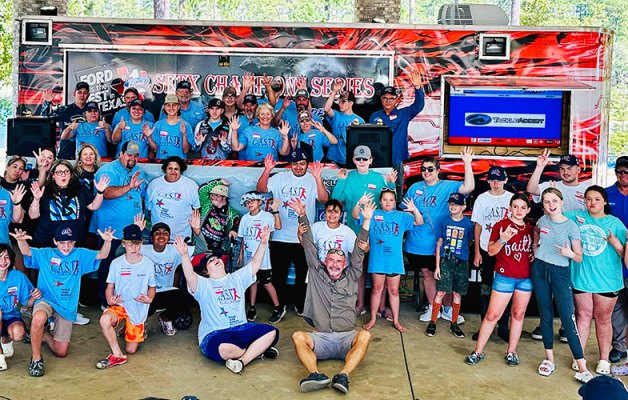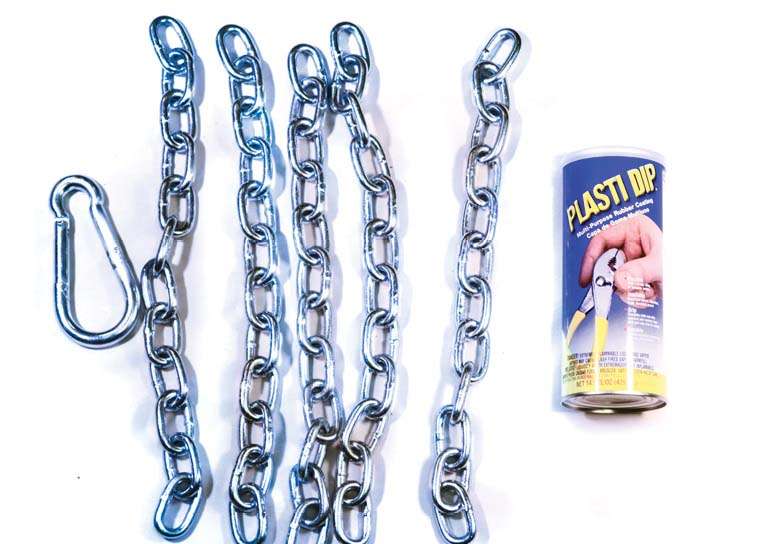
All captions: Dave Mull
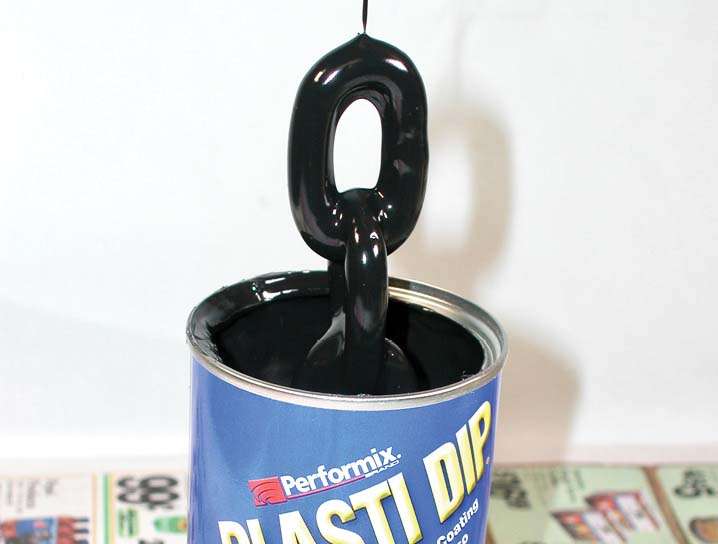
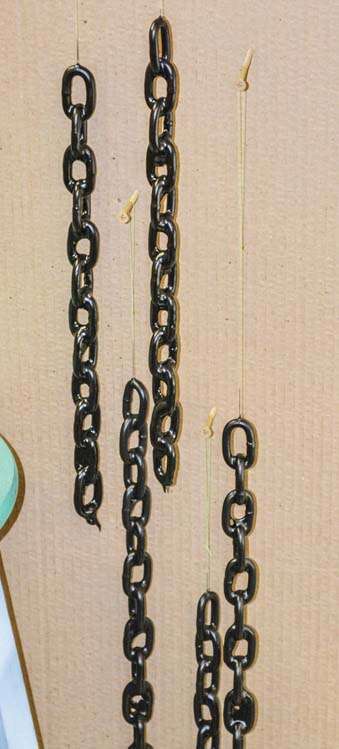
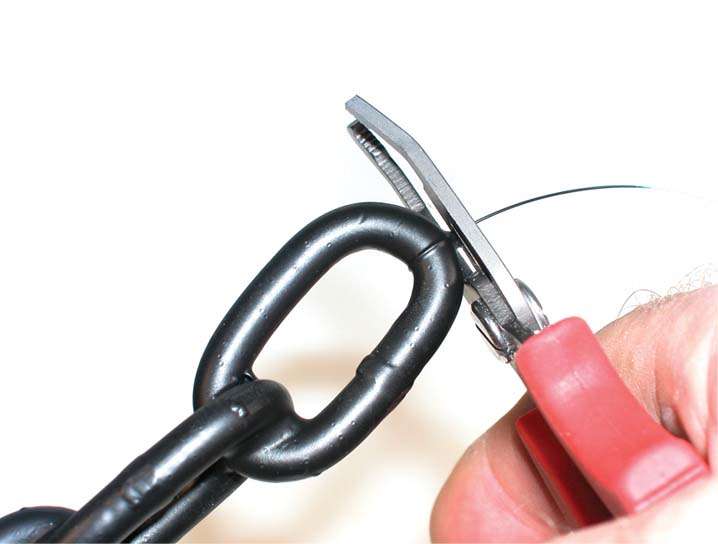
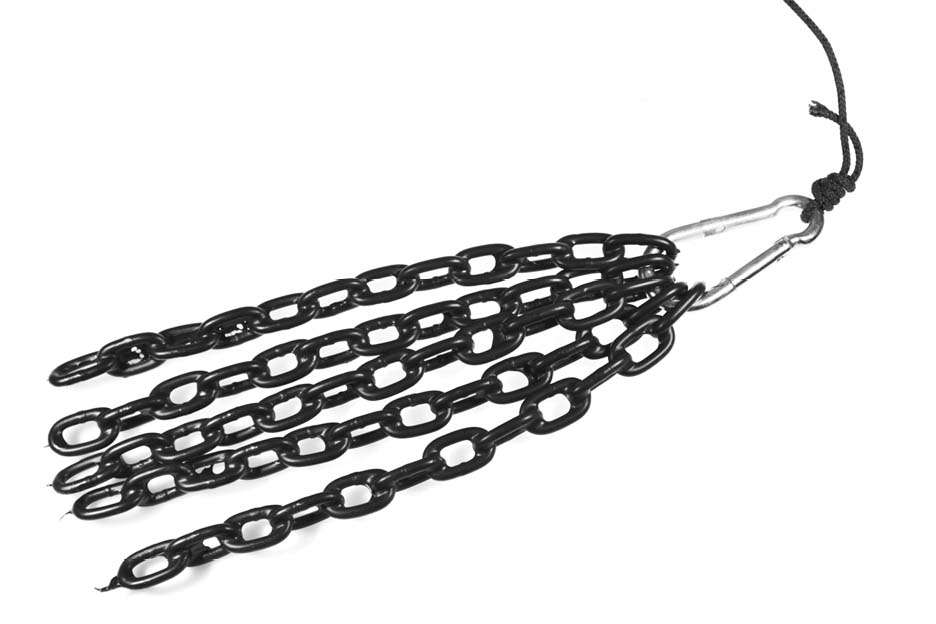
Crowe and his fiancé, Shannon Williams, fish kayak bass tournaments throughout the season and especially enjoy river and stream contests. Crowe, who provided the instructions for this project, notes that he needs five 12-inch lengths of 1/4-inch chain to slow his Jackson Big Rig, while Shannon’s smaller Jackson Coosa requires just three, sometimes four, to counter most currents. The couple routes anchor lines to the tail of their yaks, which keeps the crafts tracking straight and steady in the current.
Another good anchor in current (as well as on lakes) is the Chene Kayak Anchor (cheneanchor.com), which retails for about $30. This has a sliding O-ring for anchor line attachment, which allows easy extraction from snags. There’s no way to use it as a brake to slow downstream progress, however.



